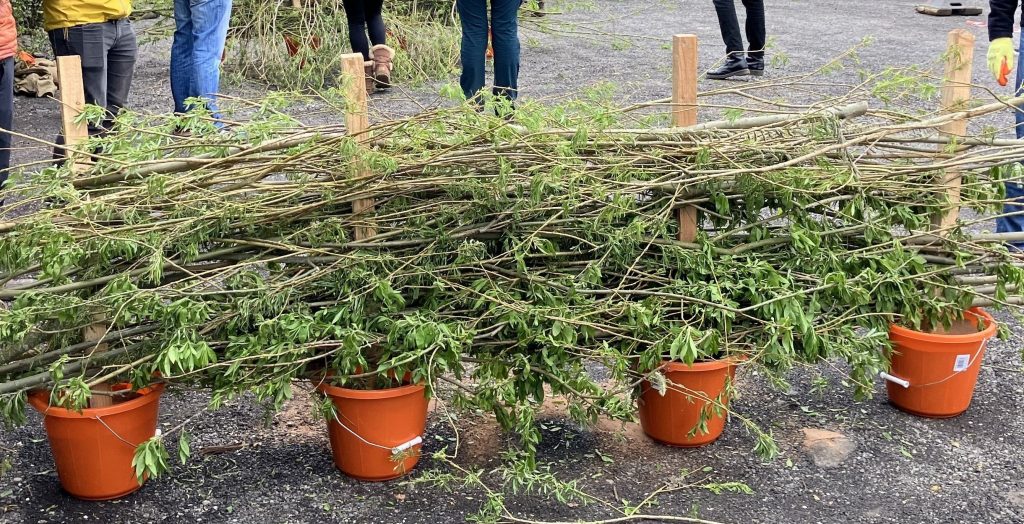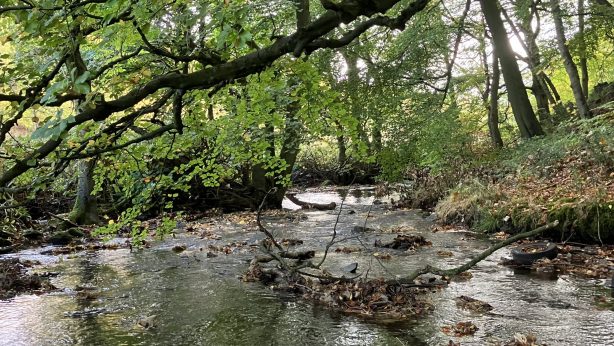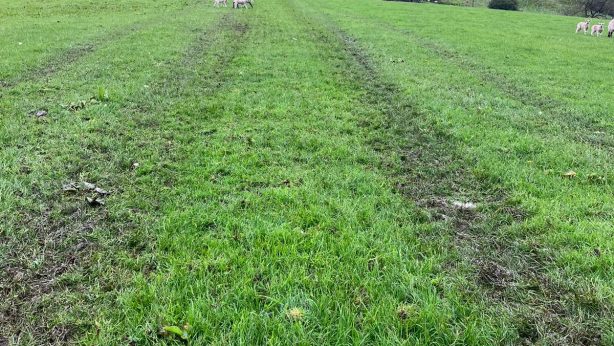Low-Tech Process-Based Restoration
Our Catchment Assistant, Abbie, recently had the opportunity to attend a series of workshops on Low-Tech Process-Based Restoration of Riverscapes led by Professor Joe Wheaton, and organised by the British Society for Geomorphology, in the Lake District.
The focus of these workshops was on using natural materials to restore a river’s natural forms, processes, and habitats. This approach, known as low-tech process-based restoration, is a departure from more traditional river restoration methods that rely on heavy modifications and large-scale interventions.
The first day was filled with presentations and insightful discussions with people from all sectors of the industry. Hearing opinions and questions from regulators, consultants, and practitioners with different experiences was incredibly interesting. We followed Joe’s ‘Parking Lot’ exercise where we constructed a ‘beaver dam analogue’ structure in the car park using willow whips, sandbags, and posts. These structures aim to mimic the work of keystone species, like beavers, who engineer features that create habitats, ponds, and wetlands.

Day 2 was on-site in the Lake District, putting our new knowledge to the test. We created multiple in-stream structures, using natural materials from the surrounding woodland. Our only tools were a saw and some good old elbow grease! Log jam structures, also referred to as post-assisted log structures (PALS) will help slow the flow of water in high flows, create habitats, and encourage natural processes to do the rest of the work. When multiple structures are established in a watercourse, they will mimic, promote, and sustain the natural functioning of the riverscape.
A great piece of advice was to take ‘calculated risks’. These low-cost structures bring great benefits, but if they are found to be causing unexpected impacts in an area, they can be removed easily – unlike a heavily engineered structure. This is uncommon, as the structures are engineered to work in harmony with the river and force the complexity of natural processes to be restored and sustained.
The workshops were a success, and we are grateful to Joe Wheaton for sharing his expertise with us. We have already implemented some of these ideas in parts of our Natural Flood Management work, and are excited to apply this knowledge to our other river restoration projects in the Calder catchment to restore our rivers.


